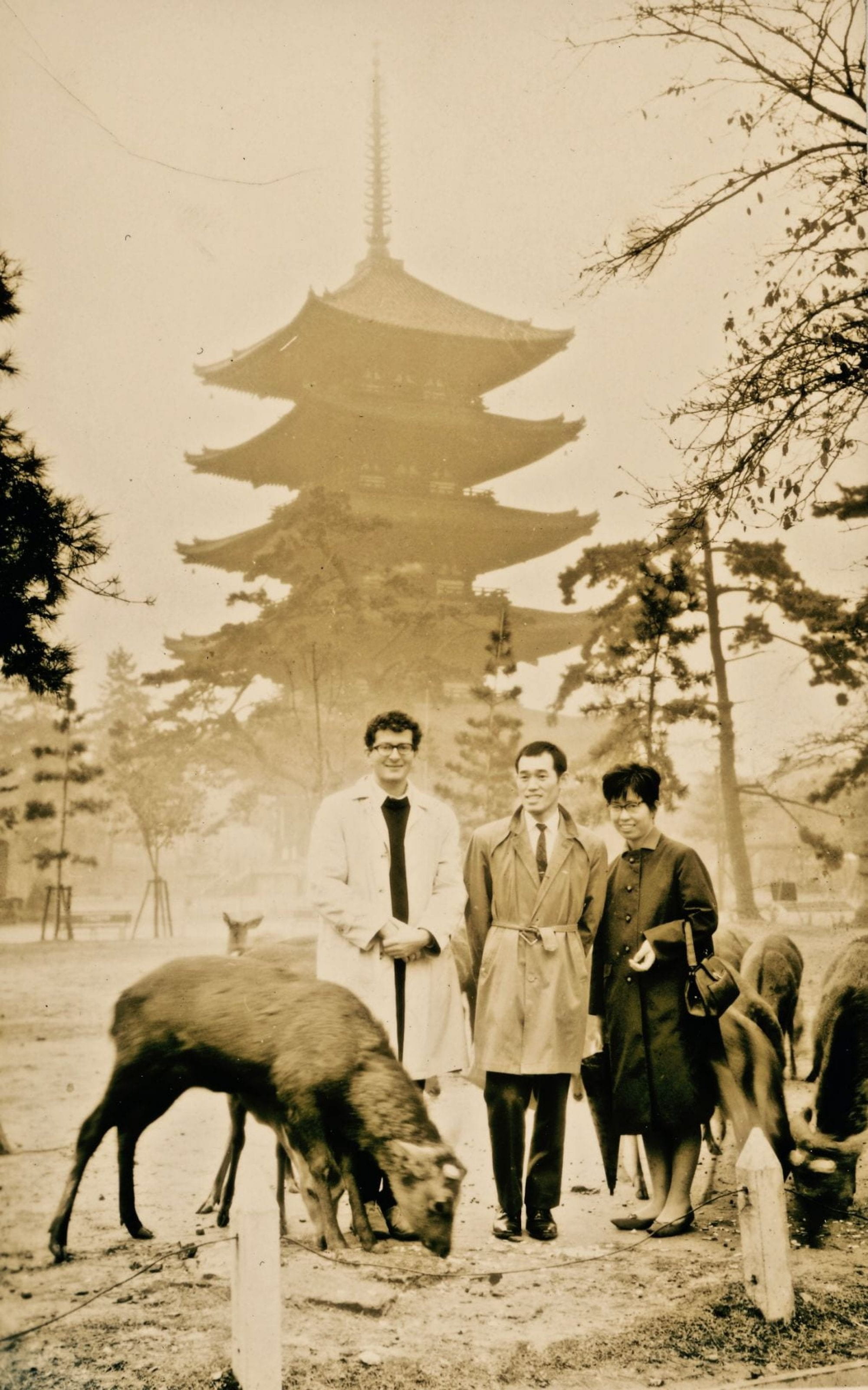Artist: Utagawa Kunisada 歌川国貞 (Japanese, 1786 – 1864)
Author: Unknown
Title: Enshoku shinasadame (艶色品定女)
Date: Unknown, ca.1850s
Medium: Full color woodblock book print; ink and color on paper
Publisher: No publisher identified
Gift of Arthur Tress. Box 34, Item 19.
https://franklin.library.upenn.edu/catalog/FRANKLIN_9977502739603681
Enshoku shinasadame (艶色品定女, translated as “Weighing the Gods of Love”) is a three-volume set of luxurious erotic prints employing rich materials — saturated colors, intricate embossing, heavy paper and metallic pigments. The textured white cover is decorated with spattered blue pigment and painted with upward-thrusting shoots of evergreen pine trees. Each volume starts with a table of contents inscribed on shell-shaped illustrations. The pictures that follow present to the viewer a luxurious and sensual representation of sexual fantasies. Arms and legs of the young protagonists are intertwined and tangled, male and female genitalia are enlarged, reminding readers of the intense sensation before and during the climax. The rest of the volume is unadorned text on thinner plain paper. The stories are erotic vignettes with dialogues, allowing the readers additional opportunity to imagine their own fantasies as modeled on the previous pictures.
The title Enshoku shinasadame recalls the famous episode in The Tale of Genji where Prince Genji and his friends discuss the ideal traits of women. The title of the second volume is translated as “Viewing the moon at Sekiya,” a site near the temple where Lady Murasaki wrote the Tale of Genji. Throughout the books, we can see references to the Japanese classic appear again and again.
While the Gerhard Pulverer Collection claims that Enshoku shinasadame is attributed to Utagawa Kunisada, one of the most popular print designers in the late Edo period, the Metropolitan Museum of Art and the Boston Museum of Fine Arts attribute it to Kunisada’s pupil, Kunimori II. The writer personally believes that Enshoku shinasadame is conceivably designed by Utagawa Kunisada. It is less likely that Kunimori II, who was in his early 20s, would be competent enough to handle or be supported by publishers, for this complex and expensive project.
Utagawa Kunisada was one of the most popular, proliferate and commercially successful ukiyo-e designers in the late Edo period. He is particularly recognized for his prints of kabuki actors, beauties in fashion garments, and erotica. Kunisada produced great quantities of sophisticated prints over some fifty years; it is estimated that he produced over fifteen thousand designs, plus illustrations for around six hundred books. In sheer output, his body of work outnumbers that of his contemporary rivals.
Japanese erotic imagery was not new, but it prospered during the Edo period, and these were considered entertaining rather than obscene—often called “warai-e” or “prints that make you laugh.” Regulations on sexual content were imposed by the Tokugawa shogunate from time to time, but the writers and designers used pseudonyms to avoid persecution. Japanese erotica prints range from low-quality booklets to exquisite works. They are rich with depictions of lifestyles of the time, references to traditional literature, and even unusual creatures from the imagination.
Other copies of this book series:
The Spencer Collection of NYPL (partial)
The Metropolitan Museum of Art (vol. 1-3)
The Boston Museum of Fine Arts (vol. 1-3)
The Gerhard Pulverer Collection (vol. 1-3)
Selected Readings:
- Gerstle, Andrew, T. Clark, Aki Ishigami, and Akiko Yano. Shunga: sex and pleasure in Japanese art. British Museum Press, 2013.
- Smith, Henry. “Overcoming the Modern History of Edo ‘Shunga’,” 1750-1850 (1996), pp. 17-20.
- Carpenter, John T., Melissa McCormick, Monika Bincsik, Kyoko Kinoshita, and Sano Midori. The Tale of Genji: A Japanese Classic Illuminated. Metropolitan Museum of Art, 2019, pp. 310-311.
- Keyes, Roger S. Ehon: The Artist and the Book in Japan. New York Public Library, 2006, pp. 226.
- https://www.metmuseum.org/art/collection/search/78660
- http://www.pulverer.si.edu/node/580/title/1
Posted by Yuqi Zhao
November 12th, 2019






